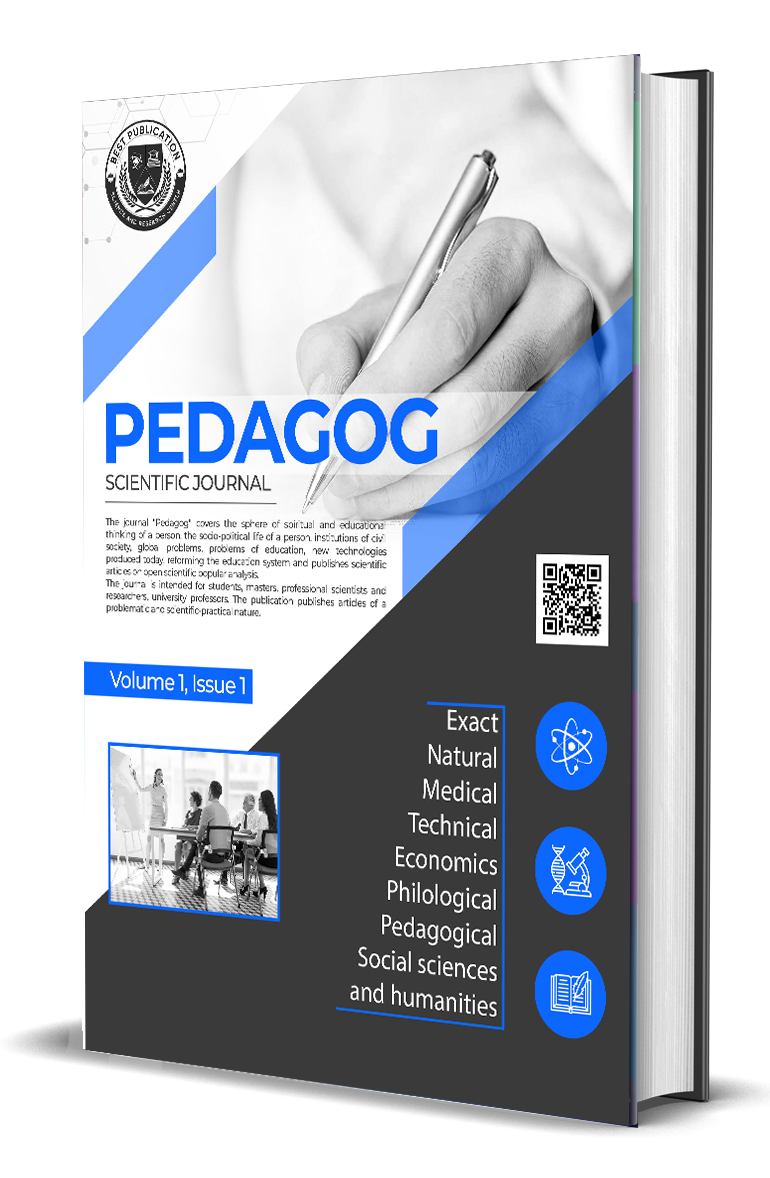RAQAMLI DALILLARNI TO'PLASHDA RAQAMLI OCHIQ MANBALARDAN FOYDALANISH AMALIYOTI
Аннотация
Raqamli texnologiyalarning tez sur'atlarda rivojlanishi natijasida raqamli dalillarni to'plash va tahlil qilish jarayonlari ham ancha murakkablashib bormoqda. Ushbu tadqiqot raqamli ochiq manbalardan foydalanib, raqamli dalillarni to'plash amaliyotini o'rganadi. Maqolada raqamli ochiq manbalarga oid ta'riflar, ularning turlari, afzalliklari va kamchiliklari muhokama qilinadi. Shuningdek, raqamli dalillarni to'plash jarayonida raqamli ochiq manbalardan foydalanish metodologiyasi, huquqiy va etik masalalar, hamda amaliy misollar tahlil qilinadi.
Библиографические ссылки
ACPO. (2012). ACPO Good Practice Guide for Digital Evidence. Association of Chief Police Officers.
Akhgar, B., & Brewster, B. (Eds.). (2016). Open Source Intelligence Investigation: From Strategy to Implementation. Springer.
Akhgar, B., Bayerl, P. S., & Leventakis, G. (2015). Social Media and Social Networks for Security and Law Enforcement. In Applications of Social Media and Social Network Analysis (pp. 1-12). Springer.
Al Mutawa, N., Baggili, I., & Marrington, A. (2012). Forensic analysis of social networking applications on mobile devices. Digital Investigation, 9, S24-S33.
Berger, J. M. (2020). Tweeting terror: How ISIS uses social media to recruit. In Terrorism in Cyberspace (pp. 105-132). Columbia University Press.
Biggs, S., & Vidalis, S. (2009). Cloud computing: The impact on digital forensic investigations. In 2009 International Conference for Internet Technology and Secured Transactions, (ICITST-2009) (pp. 1-6). IEEE.
Bowen, G. A. (2009). Document analysis as a qualitative research method. Qualitative Research Journal, 9(2), 27-40.
Boyd, D., & Crawford, K. (2012). Critical questions for big data: Provocations for a cultural, technological, and scholarly phenomenon. Information, Communication & Society, 15(5), 662-679.
Carrier, B., & Spafford, E. H. (2004). Getting physical with the digital investigation process. International Journal of Digital Evidence, 2(2), 1-20.
Casey, E. (2011). Digital Evidence and Computer Crime: Forensic Science, Computers and the Internet (3rd ed.). Academic Press.
Casey, E. (2019). The chequered past and risky future of digital forensics. Australian Journal of Forensic Sciences, 51(6), 649-664.
Choo, K. K. R. (2008). Organised crime groups in cyberspace: a typology. Trends in Organized Crime, 11(3), 270-295.
Clough, J. (2014). A world of difference: The Budapest Convention on Cybercrime and the challenges of harmonisation. Monash University Law Review, 40(3), 698-736.
FireEye. (2019). M-Trends 2019: Fireeye Mandiant Services Special Report. FireEye.
Glassman, M., & Kang, M. J. (2012). Intelligence in the internet age: The emergence and evolution of Open Source Intelligence (OSINT). Computers in Human Behavior, 28(2), 673-682.












